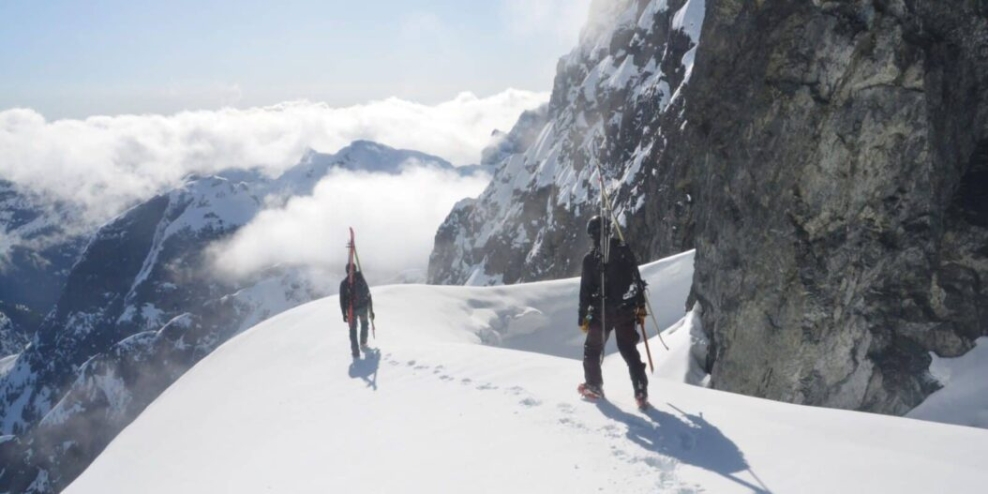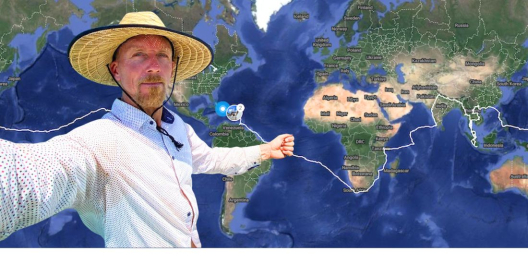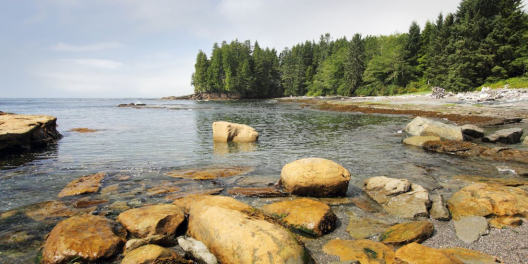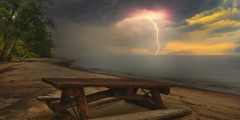Water is life. And glaciers supply much of the world’s water.
Today, 1.9 billion people – or 22 percent of the world’s population – depend on glaciers for their drinking water.
That’s true locally as well. The iconic Comox Glacier has supplied local water to people living in the valley since forever.
The K’omoks people know the Comox Glacier as Queneesh. According to legend, a pending great flood prompted them to load their canoes with provisions and tether the boats to the glacier with a cedar rope. The rains fell, and the waters rose. Soon just a tiny patch of ice remained above the surface. Suddenly it began to move, taking the form of Queneesh, “white whale,” and saving the K’omoks people from the flood. Since then, Queneesh has stood guard over the Comox Valley.
Unfortunately, nothing can save Queneesh from climate change.
The Comox Glacier is more than an iconic landmark; for thousands of years, it has supplied run-off to the Cruickshank River and Comox Lake, which is now the source of drinking water for more than 45,000 Comox Valley residents.
But that won’t last.
Experts predict that by 2040, Comox Glacier and the rest of the remaining patches of ice on Vancouver Island will have vanished.
That’s only 20 years, folks.
In the 1970s, there were an estimated 170 glaciers on the Island. Today, there are less than 10 that could still be classified as glaciers. The survivors include Mount Colonel Foster, Septimus, Albert Edward, Green, and Comox glaciers.
A study by the University of Northern BC found that between 1985 and 2005, the glacier surface on Vancouver Island dropped from 18.2 square kilometres to 14.5 square kilometres, a loss of 20 percent. Since the first aerial photograph of the Comox Glacier was taken in 1931, its ice has thinned by more the 60 metres. Still, at roughly a square kilometre in size, it’s Vancouver Island’s largest glacier.
But ours are tiny compared to those in the Canadian Rockies and Columbia Mountains of the BC interior. Consequently, the pace of glacial thaw has been even faster on the Island.
The problem is global, with melting glaciers disrupting business-as-usual around the world.
Glaciers play a critical role in local ecosystems – and human health. They have been likened to giant water coolers. In winter, glaciers accumulate snow and store water in the form of ice that in summer months melts, maintaining lake levels and river flows for spawning salmon and for humans to use for drinking water, agriculture and other purposes.
And ours are melting very quickly.
What’s the plan to replace the drinking water Comox Glacier provides?
45,000 Comox Valley residents are waiting to find out.










